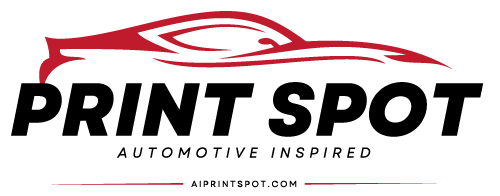Navigating Copyright Infringement and Free Speech for Profit
Introduction
With the advent of AI in creative fields, the question arises: does using AI-generated images that are similar to existing intellectual property constitute infringement? This blog post explores the intricate balance between copyright law, AI creations, and free speech, especially in profit-driven scenarios.
Key Points
- AI and Copyright Infringement: AI's ability to generate art raises potential copyright infringement issues. Under current laws, using copyrighted works to train AI might not constitute infringement, but the legal landscape is still evolving. This creates a gray area when AI produces artwork resembling existing copyrighted material. [Gillotte, 2020]
- Ownership of AI-Generated Art: Determining copyright ownership of AI-generated artworks is complex. AI-generated art doesn't fit neatly within traditional copyright frameworks, as these typically require a human author. This gap in the law could potentially leave AI-generated art in the public domain, raising questions about its use and potential infringement. [Dee, 2018]
- Training AI with Copyrighted Material: The process of training AI involves using large datasets, which often include copyrighted material. If an AI-generated work closely resembles one of its training examples, it may be deemed an infringement. However, many AI works will be distinct, complicating the determination of infringement. [McCann, 2021]
- Protection Mechanisms for Artists: Artists can protect their works from being used in AI training without permission. Techniques like watermarking and creating adversarial examples can prevent AI from effectively learning from copyrighted artworks, thus safeguarding artists' rights. [Liang et al., 2023]
- Free Speech Considerations: The balance between protecting intellectual property and ensuring free speech remains delicate. AI-generated art, especially when used for profit, must navigate this balance, considering the impact on both copyright owners and the public domain. Legal frameworks are adapting, but the interplay between AI creations, copyright law, and free speech continues to pose challenges. [Eshraghian, 2020]
Conclusion
The integration of AI in creative processes is testing the boundaries of copyright law and free speech. As AI-generated content becomes more prevalent, particularly in commercial contexts, navigating copyright infringement issues requires careful consideration of existing laws and potential need for new legal frameworks.


